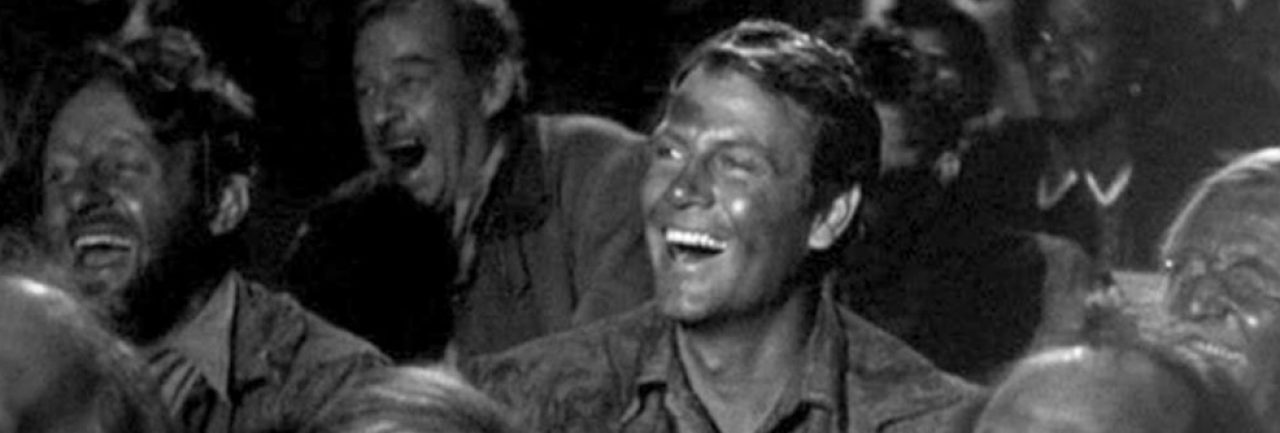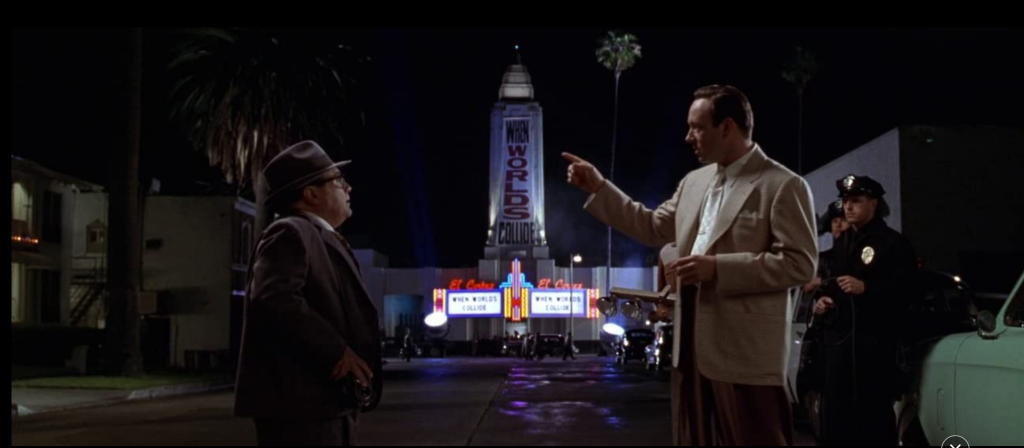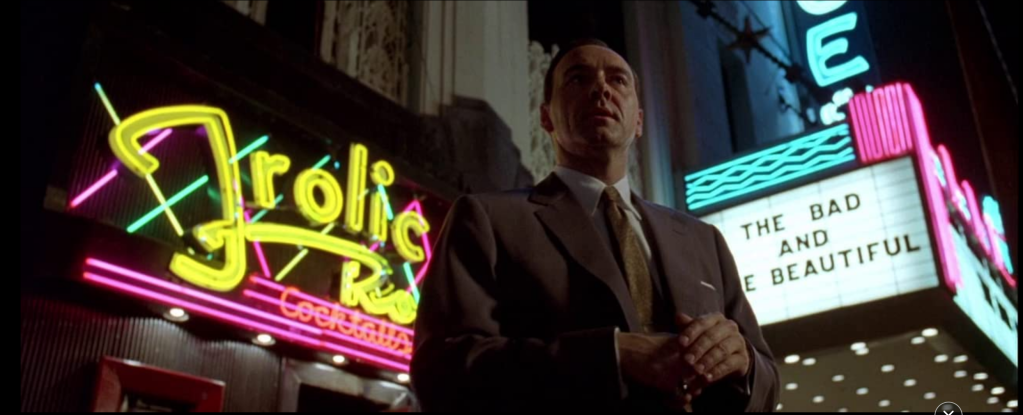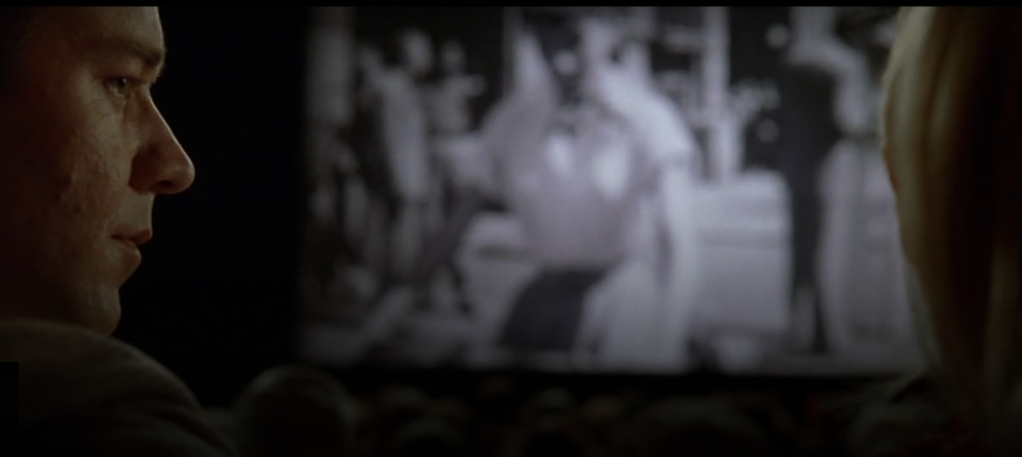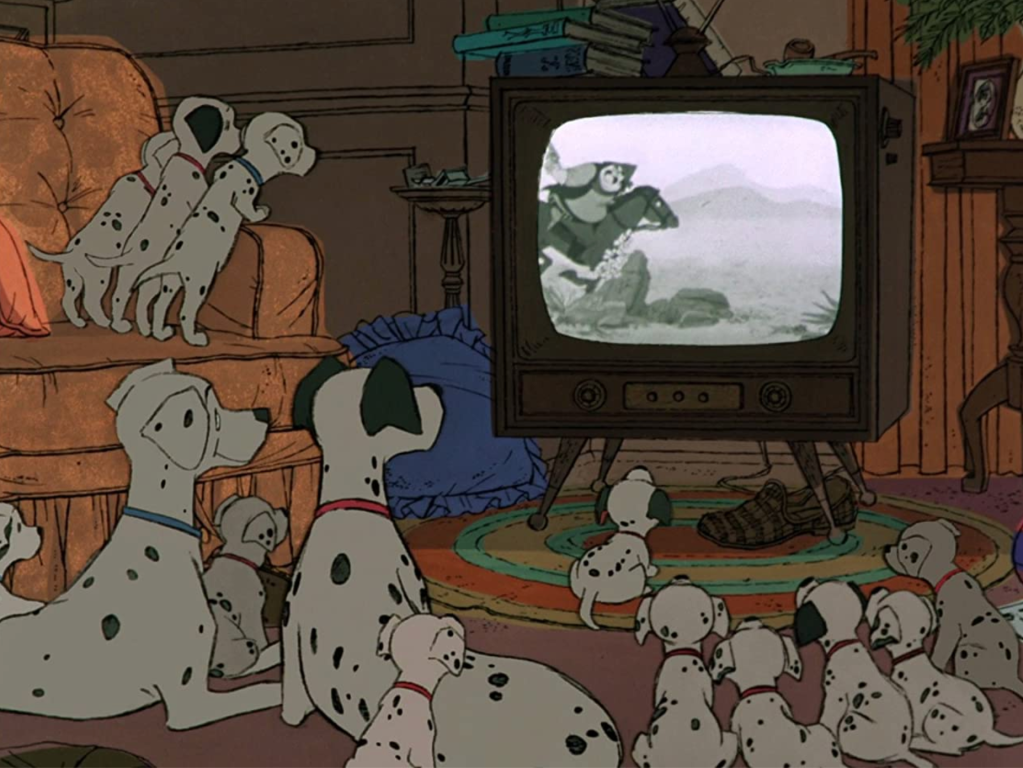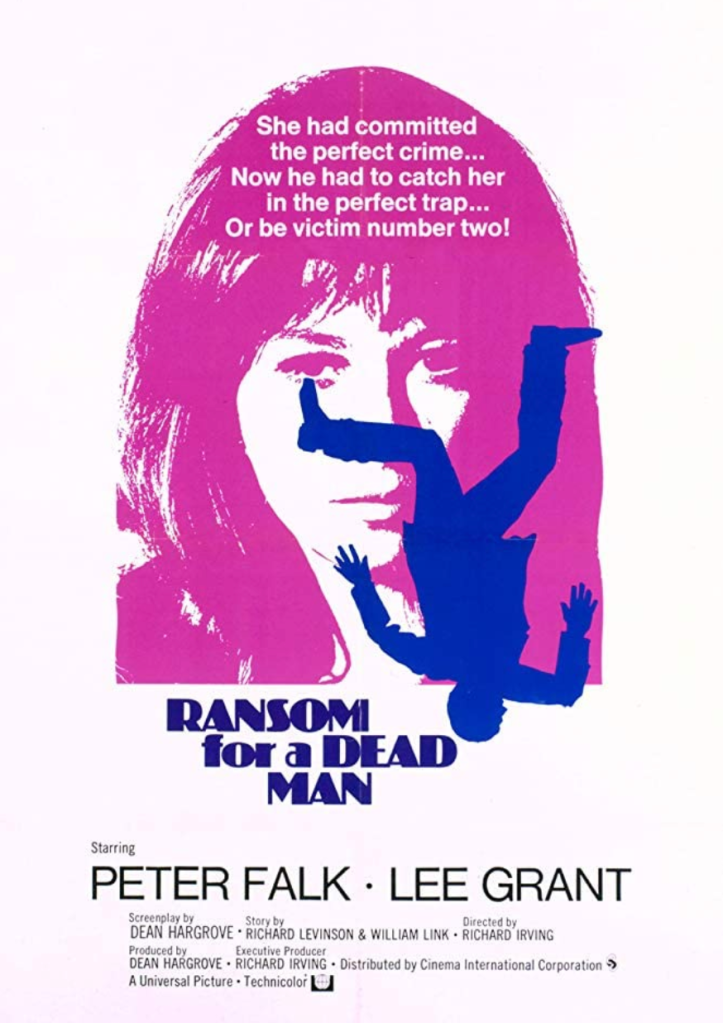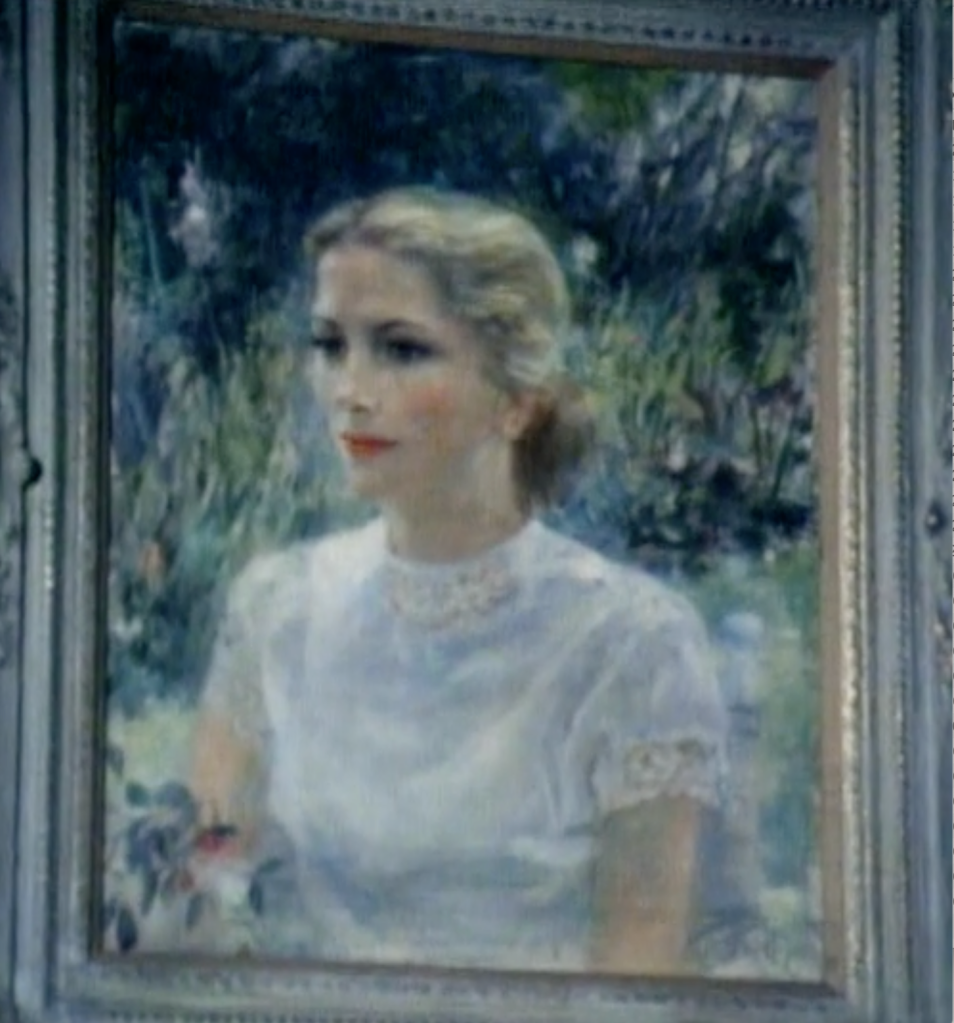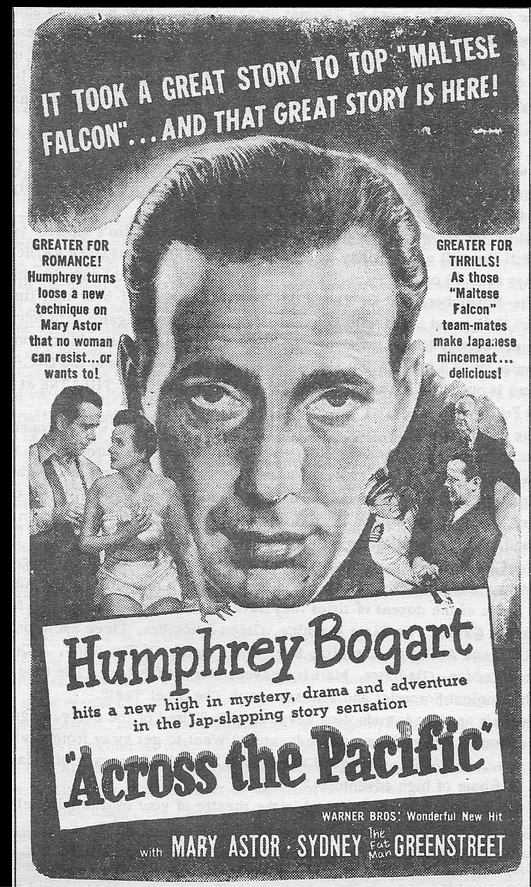The director represented the most on this blog is Steven Spielberg. To see the posts about him, go to the column at right, scroll down to the word cloud, and click on his name. Yesterday was Spielberg’s 77th birthday, and in honor of the occasion, here’s a post about his most recent, and most personal, film, The Fabelmans (2022).
The first and most notable movie-in-scene comes right at the beginning, when young Sammy Fabelman and his family go to the movies to see The Greatest Show on Earth (1952). Like much of Fabelmans, it’s closely tied to an incident in Spielberg’s early life. He talked about it in 2009, when he received an award named after Cecil B.De Mille, the director of The Greatest Show, at the Golden Globes. A You Tuber has cleverly edited the relevant scenes from The Fabelmans into Spielberg’s speech.
When Sammy is a bit older, he goes with his Boy Scout buddies to see John Ford’s The Man Who Shot Liberty Valance (1962). They want to horse around, but he’s transfixed by what he sees on the screen, in this case a close-up giving our first view of the outlaw Valance, played by Lee Marvin, and his old-fashioned highwayman line, “Stand and deliver.” Spielberg cuts to the Western opus of Sammy’s own that Ford has inspired. (I apologize for this clip having no sound. I’ll try to find some and fix it.)
As is well known, Ford was one of Spielberg’s biggest influences, and he paid the master homage by inserting a scene from The Quiet Man into E.T., and Liberty Valance (previously) into Munich. But probably his most touching tribute comes at the end of The Fabelmans. If you haven’t seen it, I won’t spoil it for you.
